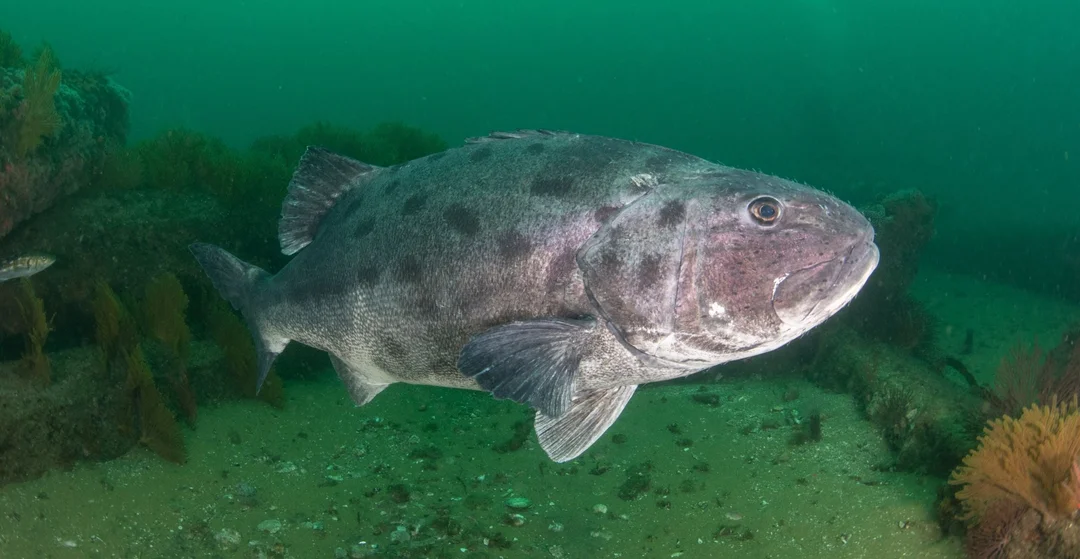
Community Science Sparks Hope For Endangered Giant Sea Bass In Southern California
In recent years, the charismatic giant sea bass has been swimming back into the spotlight. Known as the "king of the kelp forest," this majestic fish is a favorite among scuba divers exploring the California coast. However, the stark reality is that their population has dwindled to alarmingly low levels. A recent study led by researchers at UC Santa Barbara unveiled a glimmer of hope for this critically endangered species, revealing a slight increase in their numbers over the past few years.
Between 2015 and 2022, researchers conducted the first direct population estimate of giant sea bass in Southern California, utilizing photos sourced from keen scuba divers. The findings, published in the Marine Ecology Progress Series, indicate that the adult giant sea bass population in the region numbers just over 1,200—an encouraging sign amid decades of overfishing that left them critically endangered.
Lead author Andrew Pettit expressed relief at the upward trend: "It’s reassuring to see things moving in the right direction in Southern California. This project, with its continually growing dataset, is a huge step forward in understanding and protecting this remarkable species." Pettit emphasized that while the population is growing, it still remains far beneath historical levels, where captures could surpass 4,500 individuals per year.
This gentle giant, which can grow over seven feet long and weigh more than 550 pounds, is vital to the health of its ecosystem. They play a crucial role in regulating prey species within rocky reefs and kelp forests, thereby maintaining the ecological balance. However, their vulnerability arises from a combination of their size, slow growth, and the historical impact of human practices.
After a dramatic decline due to fishing practices that continued until the closure of the fishery in California in 1981, conservation measures have slowly begun to take effect. These include bans on set gillnets within close proximity to the coast and reduced catch limits for commercial fishermen. Yet, Mexico still lacks similar regulations, and as Pettit noted, scientists have limited information regarding the giant sea bass population in Mexican waters.
The study also highlights the power of community-based initiatives in wildlife conservation. By involving over 420 citizen scientists, researchers collected more than 1,600 photos for identification of individual fish. This innovative method has proven not only effective in assessing the population but also fosters a collective commitment to the ocean's health. "By utilizing community science, we not only avoid these risks but also create a platform for public engagement," Pettit remarked.
The future looks cautiously optimistic for these fascinating creatures. As research continues, there is hope that community involvement will further enhance conservation efforts, ensuring the survival of the giant sea bass. But will this upward trend sustain itself? With ongoing support, both from scientists and the community willing to protect the ocean, we can only hope that the story of the giant sea bass continues its journey towards recovery.
What are your thoughts on community science in wildlife conservation? We invite you to leave your comments and share your views on this critical issue.